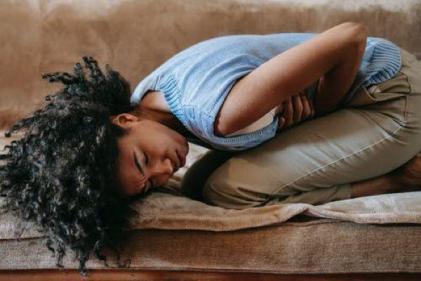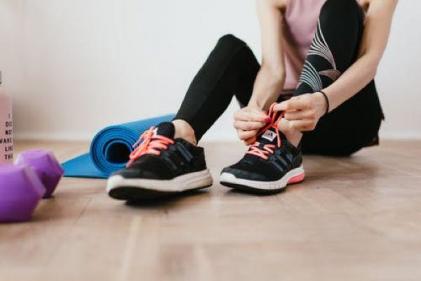Babies aren’t able to regulate their temperature and their skin is more sensitive than ours. A sunny day can bring risks of dehydration, heat exhaustion and heatstroke as well as sunburn.
· Medical experts say parents should keep babies out of the sun as much as possible. This is especially important when it is at its strongest between 11am and 3pm.
· Parasols or sunshades should be attached to prams and pushchairs. Special UV filtering pop up sun tents or wind breaks may also be beneficial.
· High factor-SPF 50-sunscreen designed for babies and children should be used. Apply it regularly, particularly if the baby goes into a paddling pool or to the sea where it can be washed off.
· If you have a paddling pool in your garden, put it in the shade and watch children at all times while they are using it.
· Make sure that your baby wears a sunhat with a wide brim or a long flap at the back to protect the head and neck.
· Make sure that your baby has plenty of fluids to drink so that he doesn’t become dehydrated. If you are breastfeeding, you don’t need to give him extra water but extra feeds may help.
· If your baby is being bottle fed, cooled boiled water can be given during the day between milk feeds.
· For babies over six months, well diluted fruit juice and ice cubes may help.
Find out more about sunburn












